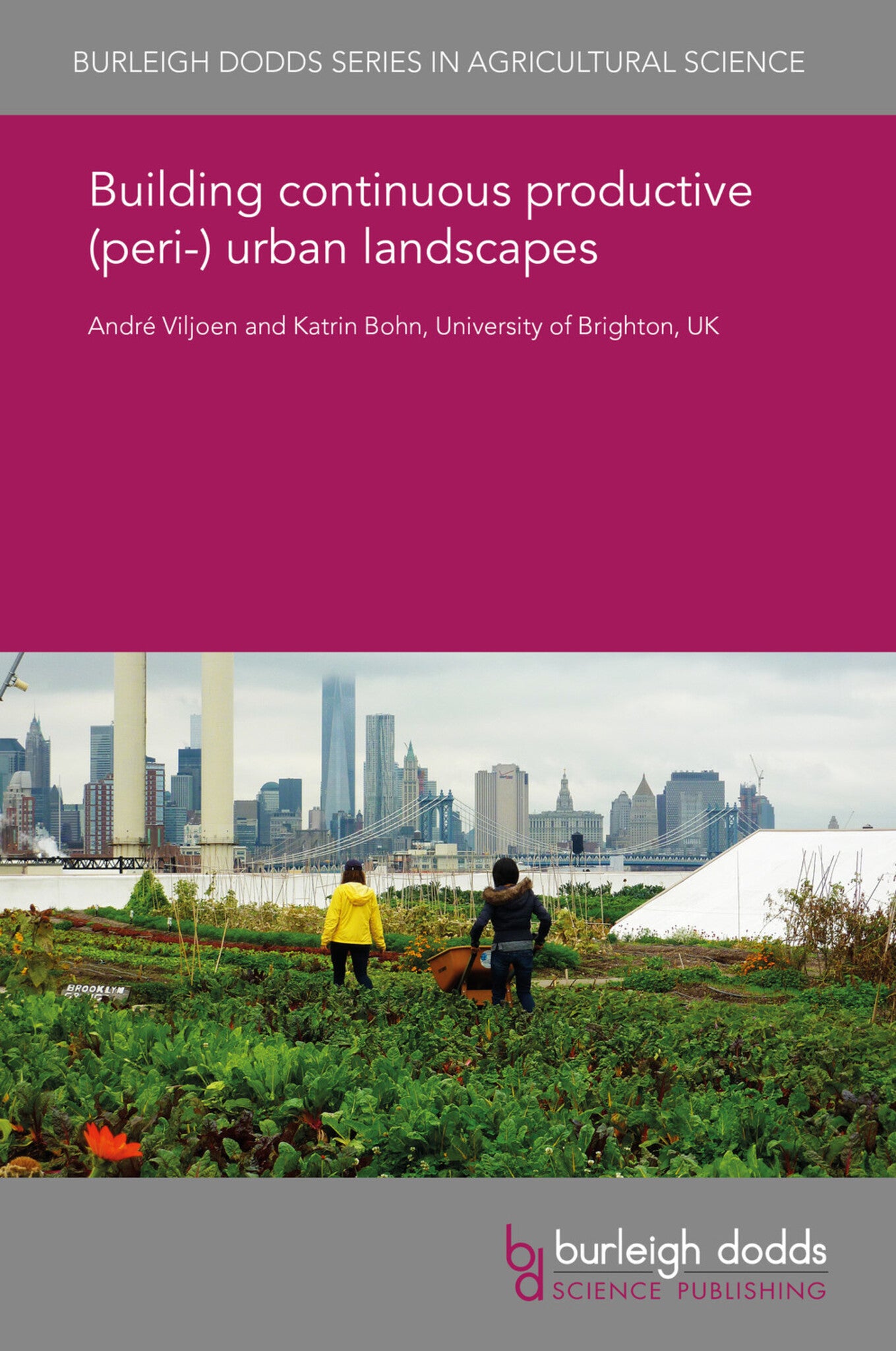We're sorry. An error has occurred
Please cancel or retry.
Building continuous productive (peri-)urban landscapes
Regular price
£25.00
Sale price
£25.00
Regular price
£25.00
Unit price
/
per
Sale
Sold out
Re-stocking soon
Increased prominence is being given to the essential role that nature and landscape play in cities by contributing to climate change adaptation and mitigation while advancing biodiversity and enhan...
Read More

Some error occured while loading the Quick View. Please close the Quick View and try reloading the page.
Couldn't load pickup availability
- Format:
-
17 February 2020

Increased prominence is being given to the essential role that nature and landscape play in cities by contributing to climate change adaptation and mitigation while advancing biodiversity and enhancing the quality of urban life. Evidence also shows that urban and peri-urban agriculture provide one means to meet many of these objectives. This chapter uses urban and architectural design as a frame for exploring potential synergies between urban agricultural activities and sustainable urban development. Focusing on design concepts advocating landscape as an integral element of urban design, namely Continuous Productive Urban Landscapes (CPULs) and Landscape Urbanism, opportunities and challenges for achieving these synergies are reviewed. Reflecting on theory related to urban sprawl and the 'scattered metropolis', the German city Heidelberg and the Japanese ward of Tokyo, Nerima City, are used as case studies for current approaches that cities adopt to develop design-informed strategies for urban and peri-urban agriculture.

Price: £25.00
Publisher: Burleigh Dodds Science Publishing
Imprint: Burleigh Dodds Science Publishing
Series: Burleigh Dodds Series in Agricultural Science
Publication Date:
17 February 2020
ISBN: 9781786766366
Format: eBook
BISACs:
TECHNOLOGY & ENGINEERING / Agriculture / Sustainable Agriculture, Urban farming / urban agriculture, Sustainable agriculture

1 Introduction 2 Productive urban landscapes: characteristics, issues and challenges 3 New research about finding space 4 Case study: Heidelberg – the urban agriculture park and the productive urban quarter 5 Case study: Tokyo – the re-evaluation of established urban agriculture in Nerima City 6 Conclusion and future trends 7 Where to look for further information 8 References



